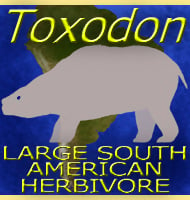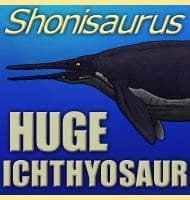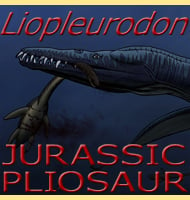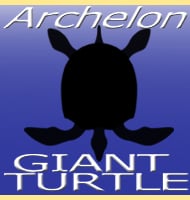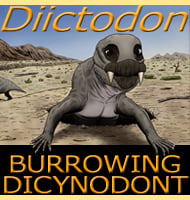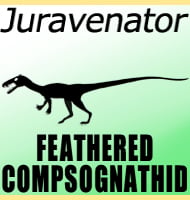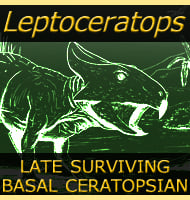In Depth
Fossils of Australodocus were first recovered in 1909 by the famous German palaeontologist Werner Janensch, however they were not described until 2007. Further to this, not all of the original specimens could be studied since many of them were destroyed in World War 2. Out of the surviving bones, some of the vertebrae had bifurcate (two as opposed to one) neural spines, a feature similar to that of the famous North American genus Diplodocus, and hence the reason for Australodocus being treated as a diplodocid. Later study has now re-interpreted the remains as those of macronarian sauropod, those that are similar to Camarasaurus and Brachiosaurus.
This is further supported by study of the paleoflora of the Tendaguru beds which reveal the abundant presence of conifer trees. It would have been somewhat awkward for a diplodocid to feed from these kinds of plants, since they are better adapted for browsing lower down. A macronarian sauropod carries its head higher than a diplodocid, and would therefore have an easier time feeding upon the taller braches of trees. The Tendaguru Beds have yielded many sauropod genera, including Tornieria, Janenschia, Dicraeosaurus and Giraffatitan. Other kinds of dinosaurs such as theropods were also active, although many of these are poorly represented and are dubious entries for validity. One genus however was the six meter long Elaphrosaurus, and although singly not capable of taking on a fully grown adult Australodocus, this theropod genus might have been a serious threat to smaller juveniles.
Further Reading
- A second Gondwanan diplodocid dinosaur from the Upper Jurassic Tendaguru Beds of Tanzania, East Africa, Kristian Remes - 2007. - Re-evaluation of Australodocus bohetii, a putative diplodocoid sauropod from the Tendaguru Formation of Tanzania, with comment on Late Jurassic sauropod faunal diversity and palaeoecology, John Whitlock - 2011. - A phylogenetic analysis of Diplodocoidea (Saurischia: Sauropoda), John Whitlock - 2011.


